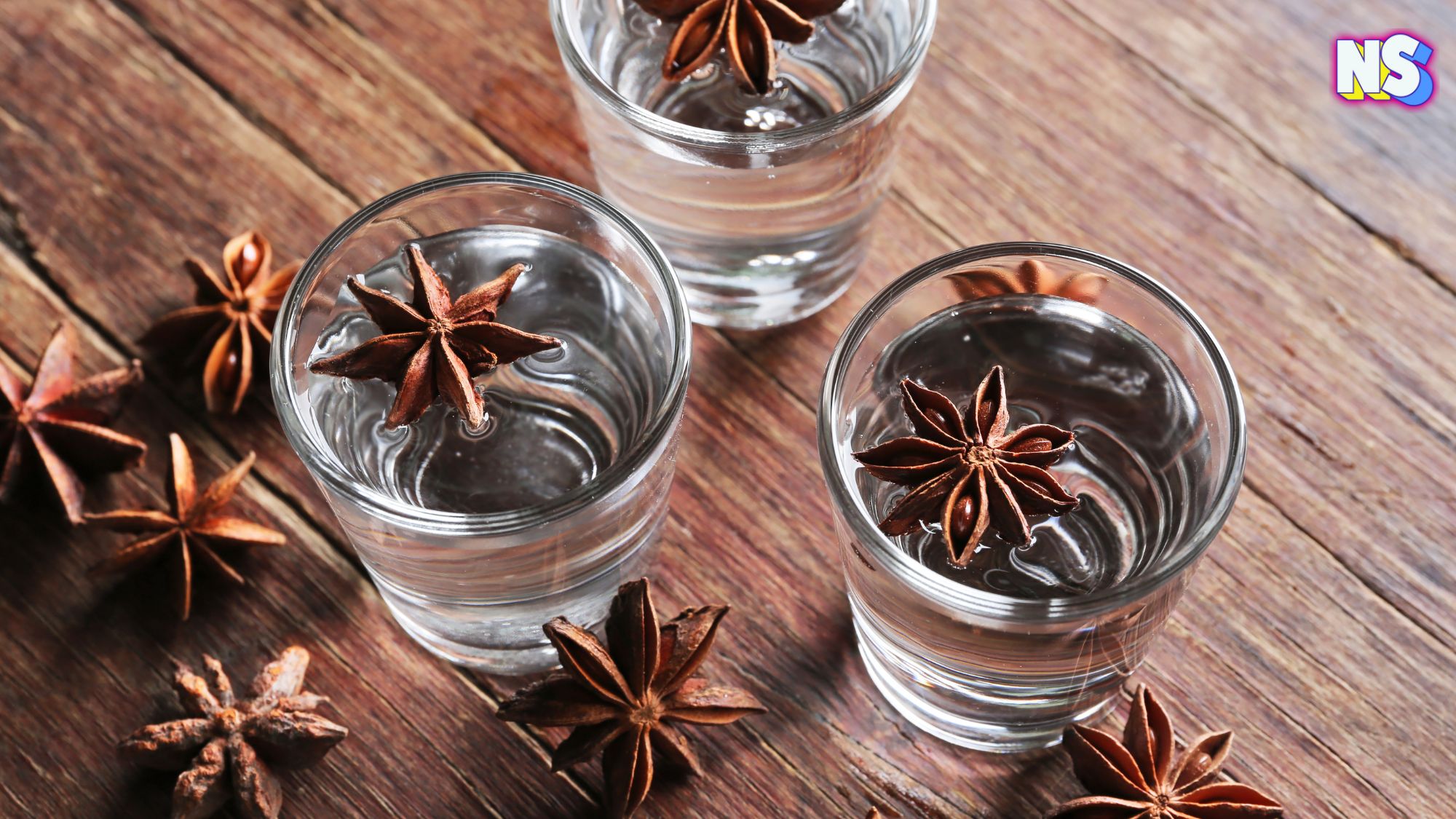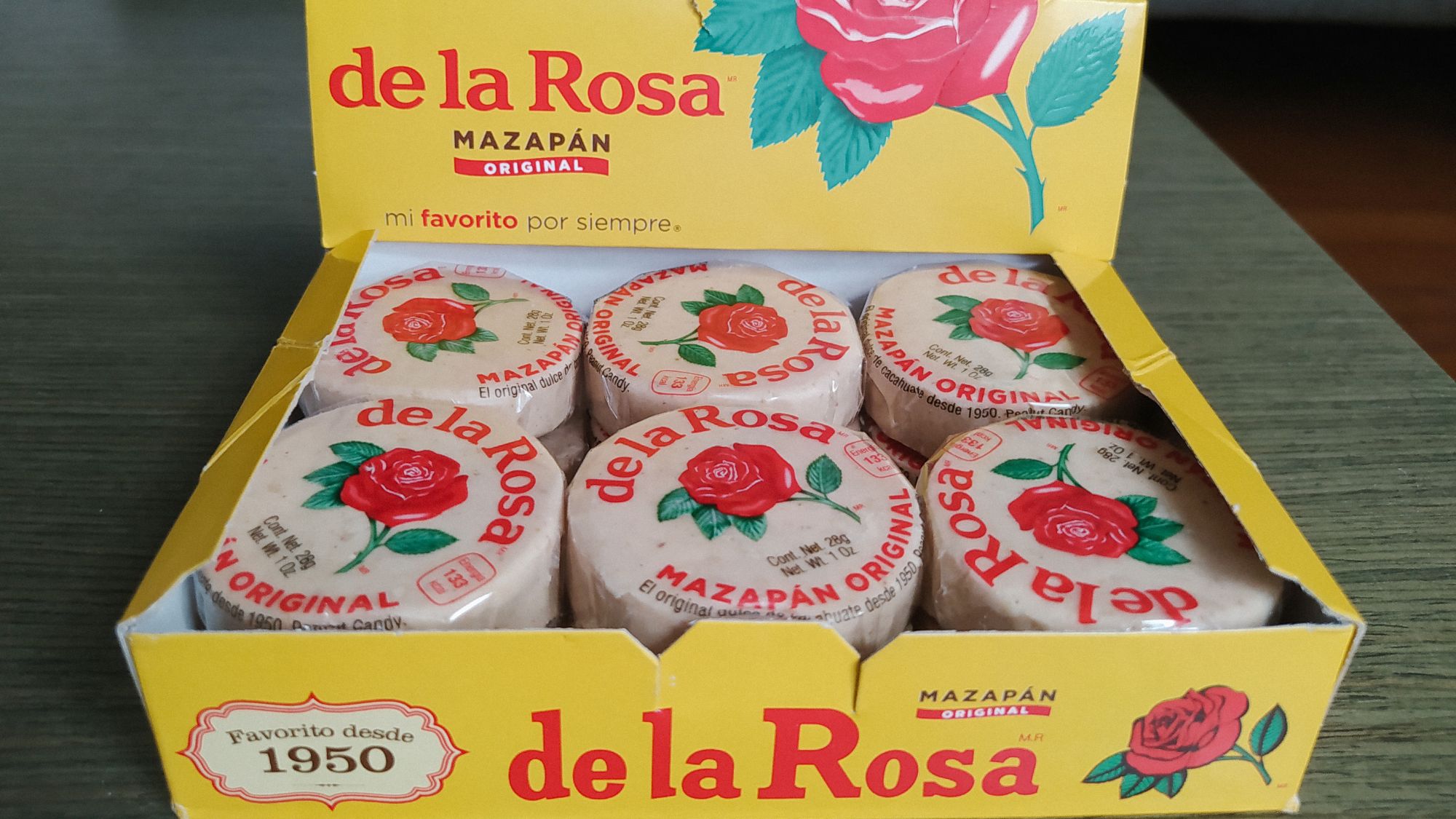It’s National Anisette Day. You know anisette, that sweet liquor that brings so many of us nostalgia and a touch of magic. When I grew up, my abuelita always had a trusty bottle of anisette. It was her go-to remedy for everything from colds to holiday cheer. And now it has its own calendar day. I guess millions of others have smart abuelitas too. But how did anisette become a trusted and favorite at-home remedy? Let's celebrate National Anisette Day ... and abuela.
National Anisette Day and Abuela
First off, anisette is "iquid, crystal-clear," has an aroma "characteristic of green anise," and tastes sweet, slightly acidic, characteristic of green anise," according to the Marie Brizard web site.
It's a liquor made from anise seeds, and, for some reason, abuelas prefer it over other anise spirits like Sambuca. There’s a difference. Unlike Sambuca, which is made from elder-flowers with star anise and licorice flavoring, anisette is distilled using only anise (fennel) seeds.
“Aniseed from the anis herb gives anisette its licorice or fennel flavor,” the National Day Calendar site writes.
Abuelita also touted the benefits of the anise seed, not just the liquour. It aids breathing problems and has antibacterial and anti-inflammatory properties. Like other caregivers, she swore by it.
Anise: A Gift from the Gods
Anise (scientifically known as Pimpinella anisum) has been cultivated for millennia. Ancient Egyptians used it as a spice, flavoring agent, and medicine. The Greek mathematician Pythagoras recognized its benefits, and in ancient Rome, sweet cakes at banquets often contained anise. The seeds were even mentioned in the Bible, and their aromatic properties made them valuable commodities.
“In the 16th century, it would be the pharmacist, physician, and botanist Valerius Cordus who dedicated himself to the study of how to obtain the essence of green anise for medicinal uses,” the official site Foods and Wines from Spain explains.
Anisette, the sweet and aromatic liqueur from anise seeds, also spans centuries and continents.
“In Spain, the fruit of the different plants called anise has been used to create alcoholic beverages since the 17th century, although it was not until the end of the 19th century and the beginning of the 20th century that the method employed to obtain the essence for use in flavoring was significantly improved. This is when its consumption began to become popular in Spain,” Food and Wines from Spain writes.
Anisette Emerges
Today, anisette is popular in Italy, where a drop of anisette is added to espresso. In Spain, it’s an after dinner drink that serves as a digestive elixir. And in Latin American homes all over the world, abuelas serve up anisette for stomach woes (and other aches and pains). Many of us are thankful for this remedy, and family tradition. We know that just one sip of anisette is a bridge between ancient wisdom and cherished family moments.
Feature image courtesy of Deposit Photos.





